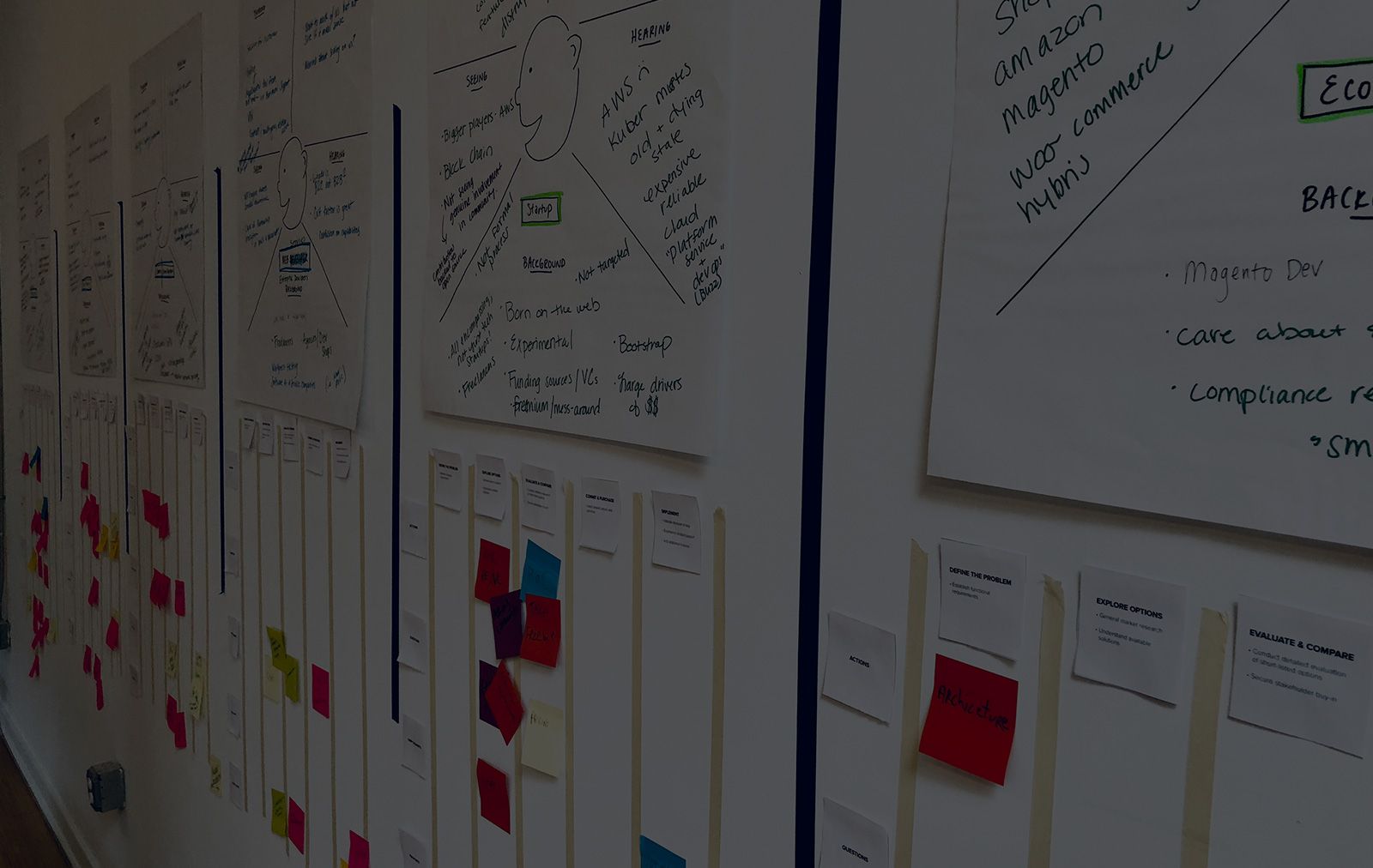August 31, 2018
How to Plan Your Next Website

If you’re reading this article, you may be in the market for a new website for your business and unsure where to begin. Luckily, you’re here, which is a good first step. This article proposes a handful of questions that need to be addressed when planning a website as well as provides insight as to why a website should be the center of your marketing strategy.
First… It’s More Than Just a Website
It’s the primary vehicle by which new audiences will find you, learn about your services, and engage with your brand. The tendency some organizations have is to hastily jump in head first because “we need something… anything!” The ultimate goal of your company’s website is to accurately tell a cohesive story, rather than simply serve as a repository for unorganized bits of company information. Your website is the public face of your organization, works 24/7, 365 days per year and is one of the most vital tools in any marketing effort. And like any major project, it requires a lot of strategic planning to ensure its success and viability over the next five years or more.
Before diving into some planning best practices, let’s address some common misconceptions organizations have when it comes to designing and developing a website.
Misconception #1: “My website is a one-time investment.”
Websites are like any other piece of software, meaning they require regular maintenance and security updates to ensure they continue to run smoothly. While the largest investment is fixated on the design and development of a new site, it’s important to budget for ongoing maintenance as well.
Misconception #2: “My website should be about my company.”
Sure, this isn’t completely inaccurate. Of course your website should represent your organization and the products & services you offer. However, it’s your target market and prospective customers who will be viewing your site. What’s on their minds? How can you help them and serve their needs? It is vital that you prioritize your clients’ needs & wants when planning your new site. To begin, we suggest creating user personas to represent each demographic of your target market. Then, define clear goals for each persona. What are they expecting to accomplish by coming to your site? Proper planning on your part will make it easy for your visitors to accomplish their goals.
Misconception #3: “My website should be inexpensive.”
While it’s true that sites like SquareSpace make it easy to create a basic site. On the contrary, a website that is planned, designed, developed, and tested over the course of months will yield much greater long-term results. Allotting ample time, budget, and resources for your website project may cost more up front, but will likely yield a much higher ROI over time. Likewise, a proper website will enhance your overall brand image – a metric that is hard to quantify, but extremely valuable.
Now that we’ve addressed these common misconceptions, the first and most important step when it comes to building a website is planning. Outlined below are a handful of key considerations to examine during the planning phase.
Strategy First
As mentioned, your website is not merely a place to post information. It should serve a larger strategic goal, represent your organization, further your brand, and provide valuable resources for prospective clients. A few questions to consider when defining your web strategy:
- What is the overall goal of the website?
- Is it to serve as a platform to promote new products?
- An educational tool?
- A sales tool to increase revenue?
Uncovering the answers to these kinds of questions will enable you to answer more specific questions such as “how to define a conversion?”, “What do my users want”? etc.
Content is King
Another major consideration that is often overlooked but remains a vital component to the overall success of your site: your content. It’s not just a website “redesign”; a new website must be viewed as an opportunity to strategically drive traffic and increase brand awareness on a local, regional and perhaps even national scale. Every detail must serve a larger strategic goal, starting with your content. It’s important to use a healthy combination of text, images and video throughout your website to keep visitors actively engaged. While it’s true that a certain quantity of content is desirable, especially to boost search engine rankings, quality matters as much, if not more than, quantity. Quality content is king. Your content should be thoughtful, engaging, and original. Otherwise, your audience may become bored.
Mobile or Bust
Plenty has been said about the importance of having mobile-friendly content and yet, organizations continue to neglect it. A non-mobile friendly website will only serve as a detriment to your brand, especially in the wake of Google’s announcement stating that changes in its algorithm will now rank mobile-friendly websites higher in their search engine results. A mobile-friendly website means even more visibility and more chances for acquiring new business. Mobile-responsiveness is critical for email marketing, too. The data doesn’t lie:
“74% of smartphone owners use their devices to check their email, and mobile now makes up the majority of email opens at 51%. However, if your website isn’t responsive, those clicks won’t lead to any conversions, and you’ll leave your potential customers with a bad taste in their mouth.”
Your Website is Still the Hub of Your Marketing Efforts
Throughout all of the digital innovation over the last decade, the emergence of social media, customized apps, and ever-increasing marketing channels, a proper website remains at the epicenter of the marketing matrix. Mircea Divricean, the CEO of the Kostopulos Dream Foundation, elaborates on how he uses his website as the main vehicle to drive engagement:
“We actively market everything we do on our website. We actively collect donations & ticket sales on our website; it’s how we direct traffic. We send newsletters to members and are active on social media but ultimately, it’s all to drive traffic to the website; it’s the primary way to donate and register.”
Final Thoughts
Your website will serve as a readily available resource for information which would otherwise only be accessible during your company’s business hours, a marketplace to sell your products while your employees are off the clock, and resolve common issues facing your customers’ experience. The truth is, there are not a lot, if any, alternative advertising solutions that are able to actively represent your business and interact with your customers forever. Your website matters. Take the time to do it right.

